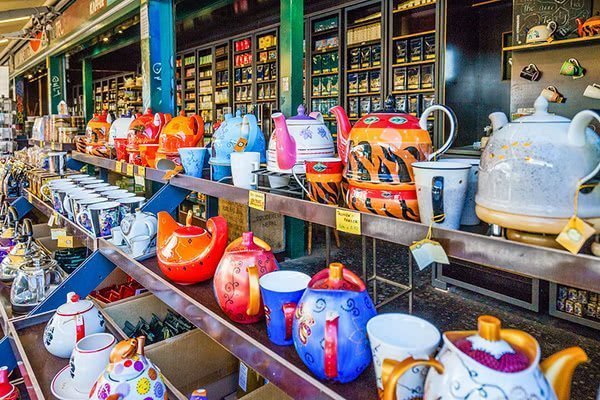
Contents
The common point between ceramic teaware and porcelain teaware
The ceramic teaware is an important invention in the Neolithic age. It started as rough clay ceramic, then evolved into a more solid hard ceramic, and at the end developed into glazed ceramic.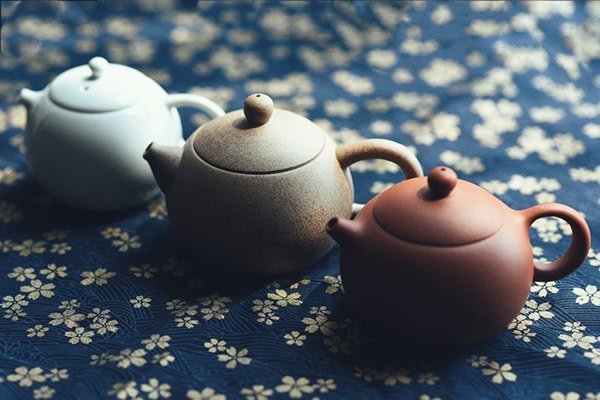
1. They are all made from malleable clay that has been burned at high temperatures.
2. From the selection of raw materials, screening and refining, processing mud making, casting and forming, to kiln roasting and other production processes, the two are the same.
3. They are all objects of daily use and decoration
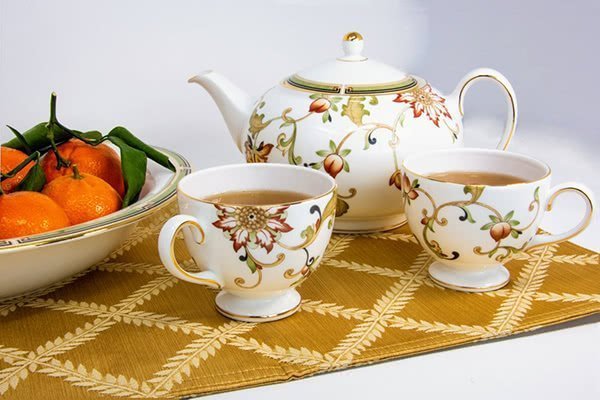
Despite the close connection between ceramic and porcelain, there are also essential differences as follows:
1. Ceramic came before porcelain.
Ceramic began to be made in primitive societies, while porcelain products appeared in the first century AD. Earthenware and porcelain use different raw materials of clay. Earthenware takes clay, which is widely existed in nature, as the raw material of clay. Porcelain is made of a rock-like mineral such as porcelain stone or kaolin, and it will be stronger after made.2. Earthenware and porcelain use different glazes.
Ceramic usually does not glaze or use metal lead as a fluxing agent low-temperature glaze, after burning water absorption, strong air permeability, surface hardness is poor; Porcelain is mainly made of high-temperature glaze with oxidant as flux. After firing, the glass has a firm texture, surface densification, strength, and hardness are much improved, and water absorption is weak.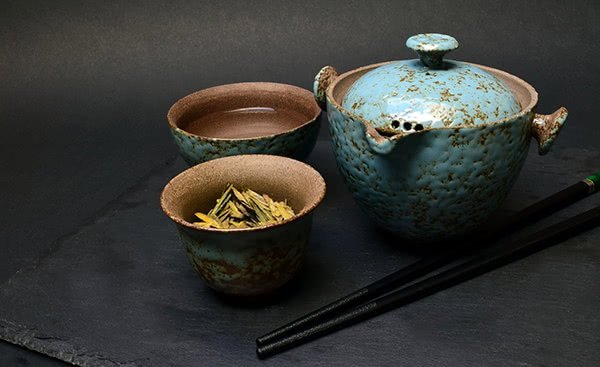
3. Ceramic and porcelain are sintered at different temperatures.
Ceramic can be divided into low-temperature ceramic and high-temperature ceramic. The sintering temperature of low-temperature ceramic is below 1000℃, while that of high-temperature ceramic is generally between 1000℃ and 1100℃. Porcelain needs to be sintered at a high temperature, usually between 1200℃ and 1400℃.4. Ceramic and porcelain have different characteristics.
Influenced by the firing temperature, the ceramic preform body is divided into two types: incomplete sintering or complete sintering. The preformed body of porcelain is sintered, so its strength is generally higher than that of ceramic, and it has light transmittance.Generally speaking, purple clay ware also belongs to the ceramic category, but generally, because of its unique position in the teaware field, it is usually classified into a single category.
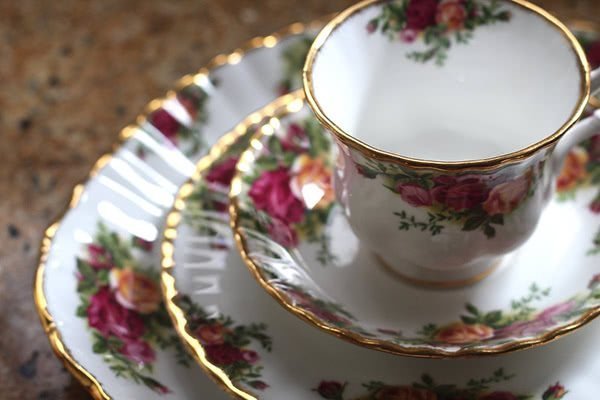
No comments:
Post a Comment